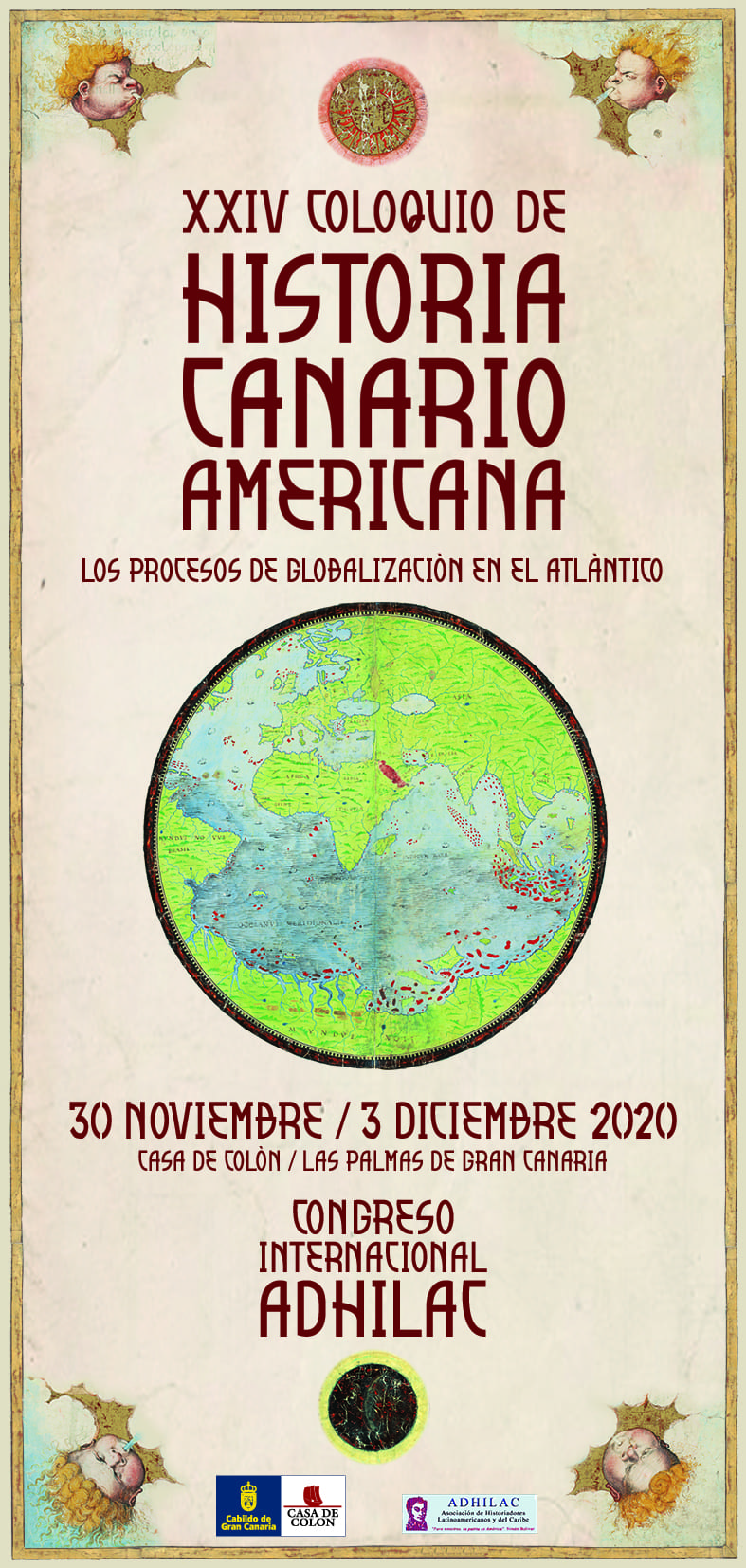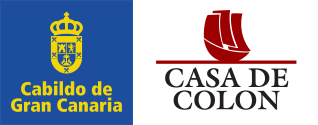El hoy que nos ayuda a entender el ayer: la comunidad cubana en Canarias / Today helps understanding yesterday: the Cuban community in the Canary Islands
Resumen
Entre los flujos migratorios más cuantiosos que han llegado a Canarias en las últimas décadas destacan los provenientes de Cuba, histórico lugar de acogida de la antigua emigración canaria. Por consiguiente, en las corrientes de reciente inmigración es posible identificar la huella de aquélla, lo que ha venido a denominarse como «retorno diferido generacionalmente». En este trabajo tratamos de analizar la importancia de la inmigración cubana en Canarias, para lo que se plantea, como hipótesis de investigación, que se trata de un proceso complejo, en el que se reconoce el retorno diferido y su interferencia otros factores de migración, como los de carácter laboral. En consecuencia, los objetivos que nos hemos fijado en este estudio son: cuantificar los flujos de inmigración cubana, identificar la evolución temporal de las llegadas, analizar las características sociodemográficas del stock de residentes, desvelar sus pautas de localización, y reconocer las prácticas trasnacionales que mantienen activo el vínculo Canarias-Cuba.
Among the greatest migration flows arriving in the last decades to the Canary Islands, those coming from Cuba, the historical place of reception of the former Canarian emigration, stand out. Consequently, in the recent immigration movements it is possible to identify its trace, which has become to be known «generationally deferred return» or «ancestral return». In this paper we try to analyze the importance of Cuban immigration in the Canary Islands, proposing this research hypothesis: Cuban immigration is a complex process in which the deferred return and its interaction with other factors, such as those of a labor nature, can be recognized. Consequently, we set these next aims: to quantify Cuban immigration flows, to identify the time evolution of arrivals, to analyze the sociodemographic characteristics of the stock of residents, to reveal their location patterns, and to recognize the transnational practices that keep the Canary Islands-Cuba link active.




